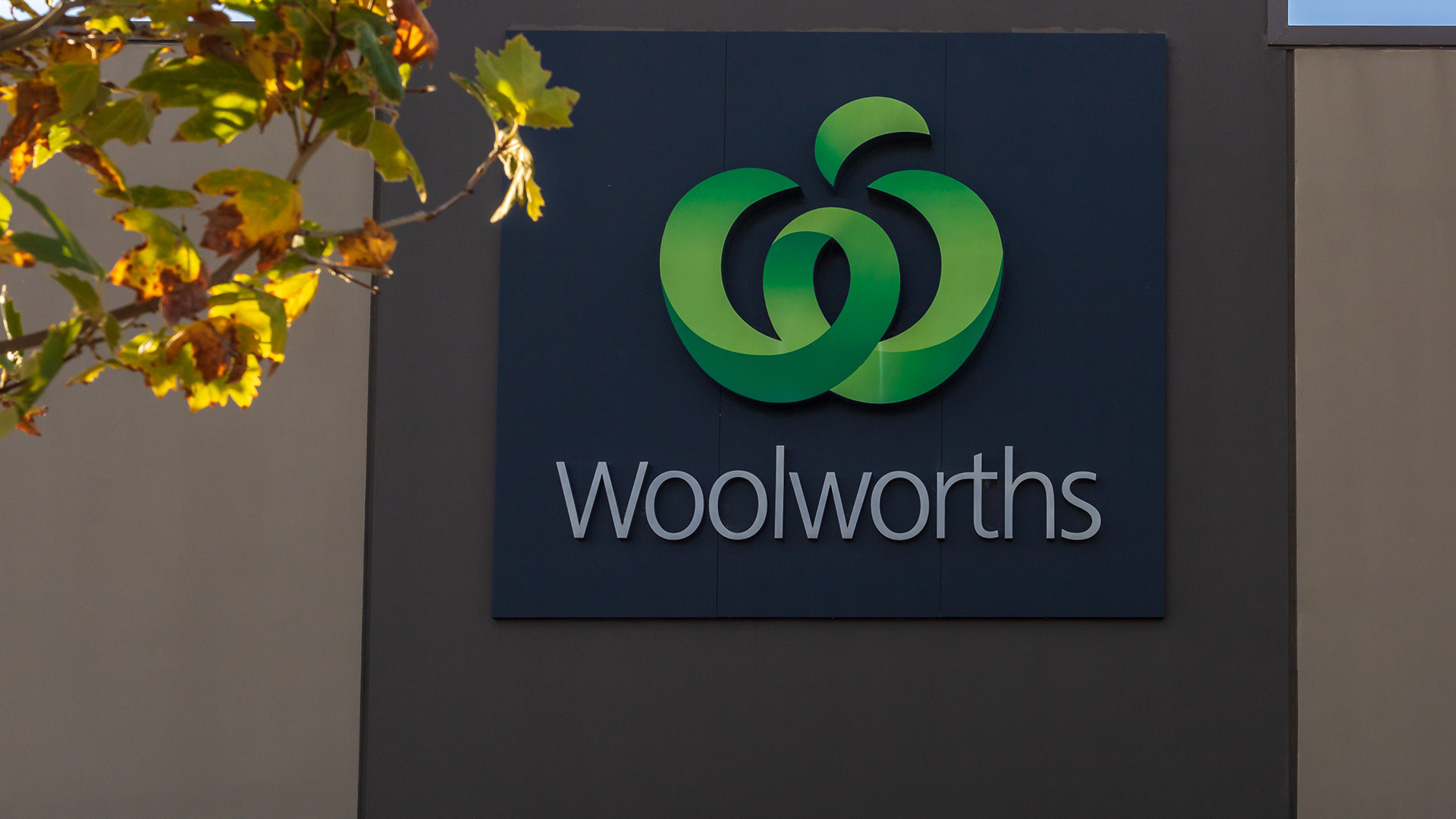From gloom to boom, again.
China’s fate is to be the ‘swing’ economy of concern for investors when fears start waning about Europe or the US, as they have over the last couple of weeks.
Talk over the weekend how investor attention would switch to China with the US economy doing better and agreement seeming possible in the European bailout talks was quickly scotched yesterday by a sharp improvement in a key survey of Chinese manufacturing.

In fact Chinese stockmarkets had hit new 31 month lows late last week on these fears.
But yesterday’s HSBC Markit ‘flash’ reading of the September survey of Chinese manufacturing has changed that view with news of a jump back into expansion after three months of mild contraction.
The ‘flash’ Purchasing Managers’ Index rose to 51.1 in October from September’s final reading of 49.9, topping the 50-point level for the first time since July.
The news helped lift markets across Asia and in other regions overnight.
The PMI data reading, to be confirmed in the final version next Tuesday, will take the edge off fears of a slump in China.
"Thanks to the pick-up in new orders and output, the headline flash PMI rebounded back into expansionary territory during October, marking a steady start to manufacturing activities in the four quarter," said Qu Hongbin, China economist at HSBC said in a statement.
"Meanwhile, inflation components within the PMI results confirmed stable output prices growth and slower input price inflation.
"All these data confirm our view that there is no risk of a hard landing in China," he added.
HSBC has been making the point for months now that although the PMI survey showed a slow contraction, it was still compatible with annual economic growth of 8.5% to 9%, which is where the Chinese economy is right now.
Rising domestic demand — consumption and investment — and solid export growth to emerging markets seem to be offsetting some slowing in exports demand from Europe and the US.
Figures out last week showed China’s annual economic growth slowed to 9.1% in the third quarter from 9.5% in the second quarter and 9.7% in the first.
HSBC believes a PMI reading of 50 in China implies a 12-13% annual rise in industrial output and gross domestic product growth of around 9%.
Industrial output rose by well over 13% in September.
HSBC said that both new orders and new export orders sub-indices rose above the 50-point mark in October. Meanwhile, factory price pressures eased in October, offering some comfort to Chinese policymakers who have been bent on wrestling inflation under control.
The input price sub-index fell to 54.3 in October from 58.8 in September.
Annual inflation eased to 6.1% in September, and there were claims yesterday in Beijing from a government adviser that it will fall to 5%.
Reuters reported that "Peng Sen, a vice chairman at the National Development and Reform Commission, was quoted by the Securities Times as saying that the consumer price index (CPI) had reached a turning point and inflationary pressures would ease further in the rest of 2011.
"We have seen this year’s turning point in inflation and the CPI is expected to stay in control under 5 per cent in last two months of the year," Mr Peng said.
But as upbeat as this news is, there remain questions about the credit crunch hitting small businesses in China and the impact on bank profits.
We will see later this week when Chinese banks starting reporting September quarter and half year profits. And Japan’s trade performance in September showed signs of improvement, and weakness.
There are signs that the high yen is taking a toll.
The yen hit a new high against the US dollar last Friday, but the slowdown in Europe is not having as great an impact as the sluggishness in China.
Figures from the Finance Ministry showed exports rose 2.4% in September from the same month in 2010.
In August, exports rose 2.8%.

It was the second straight month of gains as manufacturers continued to recover from the supply chain disruptions suffered after the March 11 earthquake and tsunami.
Imports rose 12.1% to in September, according to the data, for the 21st straight month of on-year growth
The trade surplus fell 61.2% on year to Y300.4 billion in September, following a Y775.3 billion deficit in August.
Market forecasts had been for a Y199.5 billion surplus.
The weakness came in the performance of exports to Asia which remain weak.
They rose 2.4% to Asia as a whole and just 2.7% to China, which is the Japan’s most important market.
Shipments to the US were up by just 0.4%, even though car sales and exports have basically recovered since the March disasters.
Exports to Europe did better, up an encouraging 14.3% overall and more than 20% to France and 5.2% to Germany.
For Australia, Japanese exports jumped 23.2% as car shipments continued to grow, while imports from Australia were up 13.9%.
Overall Japanese imports of energy, iron ore and other raw materials rose strongly, with shipments from the Middle East 31% higher as oil prices remained relatively high compared with a year ago.
The renewed strength of the yen brought a predictable response from the Japanese government, with Finance Minister Jun Azumi saying yesterday that the government would take action against any "excessive" gains for the yen after Friday’s h













